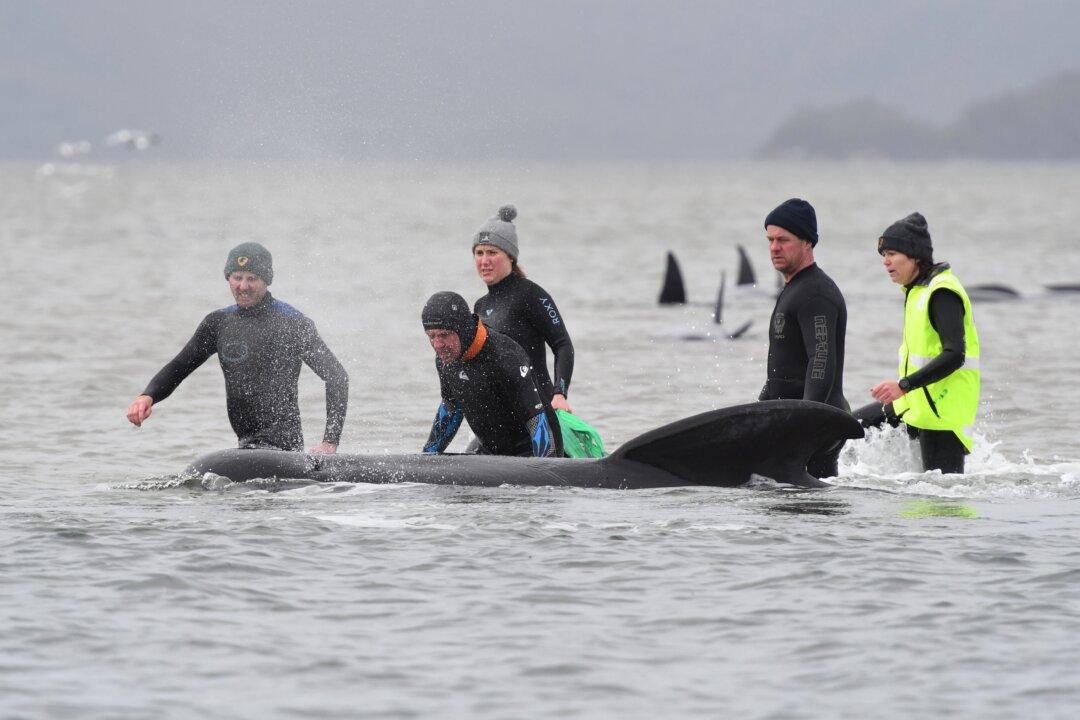There is hope that samples taken from Australia’s largest mass whale stranding can shed light on why the mammals beach themselves.
More than 250 dead whales have been documented by scientists at the Tasmania Museum and Art Gallery.

There is hope that samples taken from Australia’s largest mass whale stranding can shed light on why the mammals beach themselves.
More than 250 dead whales have been documented by scientists at the Tasmania Museum and Art Gallery.